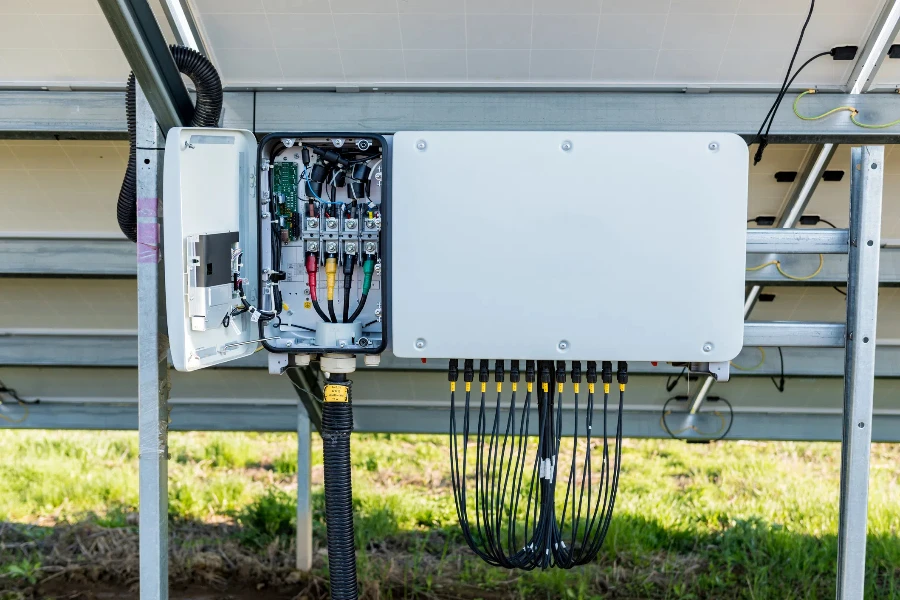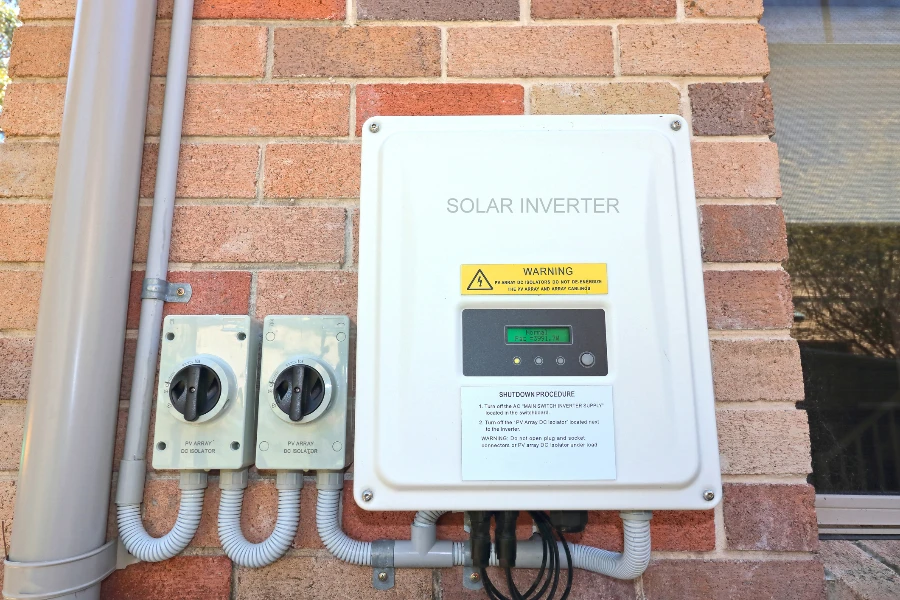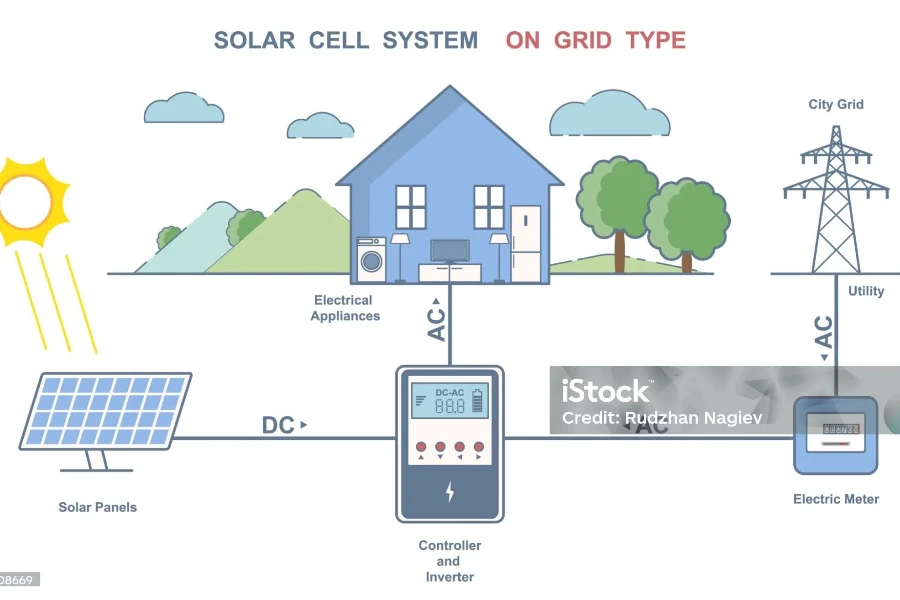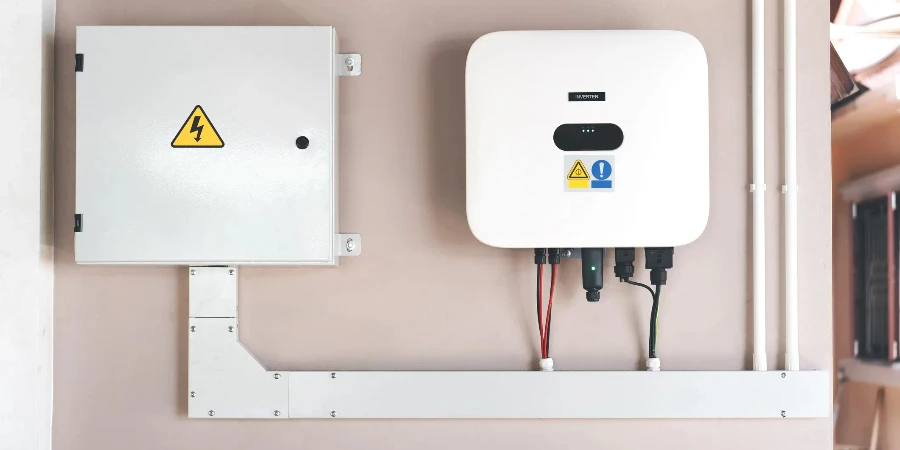In the evolving landscape of renewable energy, solar inverters play a pivotal role in harnessing the power of the sun to meet our energy needs. As a bridge between the photovoltaic (PV) panels and the electricity grid, they not only convert direct current (DC) into alternating current (AC) but also optimize energy output and monitor system performance. This article delves into the intricacies of solar inverters, shedding light on their importance, functionality, and the latest technological advancements that are setting new benchmarks in the renewable energy sector.
Table of Contents:
– Understanding the functionality of solar inverters
– The importance of efficiency in solar inverters
– Advanced features enhancing solar inverter performance
– The role of solar inverters in grid integration
– Future trends in solar inverter technology
Understanding the functionality of solar inverters:

Solar inverters are at the heart of any photovoltaic system. They perform the critical function of converting the DC generated by solar panels into AC, which can be used by home appliances or fed into the grid. Beyond this fundamental role, solar inverters also maximize the power output from the PV panels through a process known as maximum power point tracking (MPPT). Furthermore, they play a crucial role in system diagnostics, providing valuable data on the performance and health of the solar array, enabling timely maintenance and troubleshooting.
The importance of efficiency in solar inverters:

Efficiency is a key metric for solar inverters, directly impacting the overall performance and economic viability of solar energy systems. High-efficiency inverters ensure that a greater proportion of the solar energy captured by the PV panels is converted into usable electricity. This not only improves the return on investment for solar installations but also contributes to the sustainability of the energy system by reducing losses. Additionally, efficiency plays a significant role in the inverter’s thermal management, with more efficient units generating less heat and thus requiring less cooling, which further enhances their longevity and reliability.
Advanced features enhancing solar inverter performance:

Technological advancements have introduced a plethora of features that boost the performance, safety, and user-friendliness of solar inverters. Modern inverters come equipped with sophisticated MPPT algorithms that optimize power extraction from the PV panels under various weather conditions. Remote monitoring capabilities, enabled by IoT technology, allow for real-time tracking of system performance and swift identification of issues. Additionally, safety features such as arc fault detection and rapid shutdown capabilities have become standard, ensuring the protection of both the system and its users.
The role of solar inverters in grid integration:

Solar inverters are instrumental in the seamless integration of solar energy into the electricity grid. They ensure that the electricity fed into the grid matches its requirements in terms of voltage, frequency, and power quality. This is crucial for maintaining the stability and reliability of the grid, especially with the increasing penetration of variable renewable energy sources. Moreover, advanced inverters can provide ancillary services such as voltage regulation and reactive power support, further contributing to grid stability.
Future trends in solar inverter technology:

The future of solar inverter technology is marked by continuous innovation aimed at increasing efficiency, reducing costs, and integrating smart features. Developments in semiconductor materials, such as silicon carbide (SiC) and gallium nitride (GaN), promise to produce smaller, more efficient, and more temperature-tolerant inverters. Additionally, the integration of artificial intelligence and machine learning algorithms is set to revolutionize the way solar inverters perform MPPT, diagnostics, and grid support functions. These advancements, coupled with the growing emphasis on energy storage, herald a new era for solar inverters, making them even more central to the renewable energy ecosystem.
Conclusion:
Solar inverters are a cornerstone of renewable energy systems, playing a critical role in converting and managing the power produced by solar panels. Their efficiency, advanced features, and ability to integrate seamlessly with the grid make them indispensable in our quest for sustainable energy solutions. As technology advances, we can expect solar inverters to become even more efficient, intelligent, and versatile, powering the future of renewable energy with innovation and reliability.




